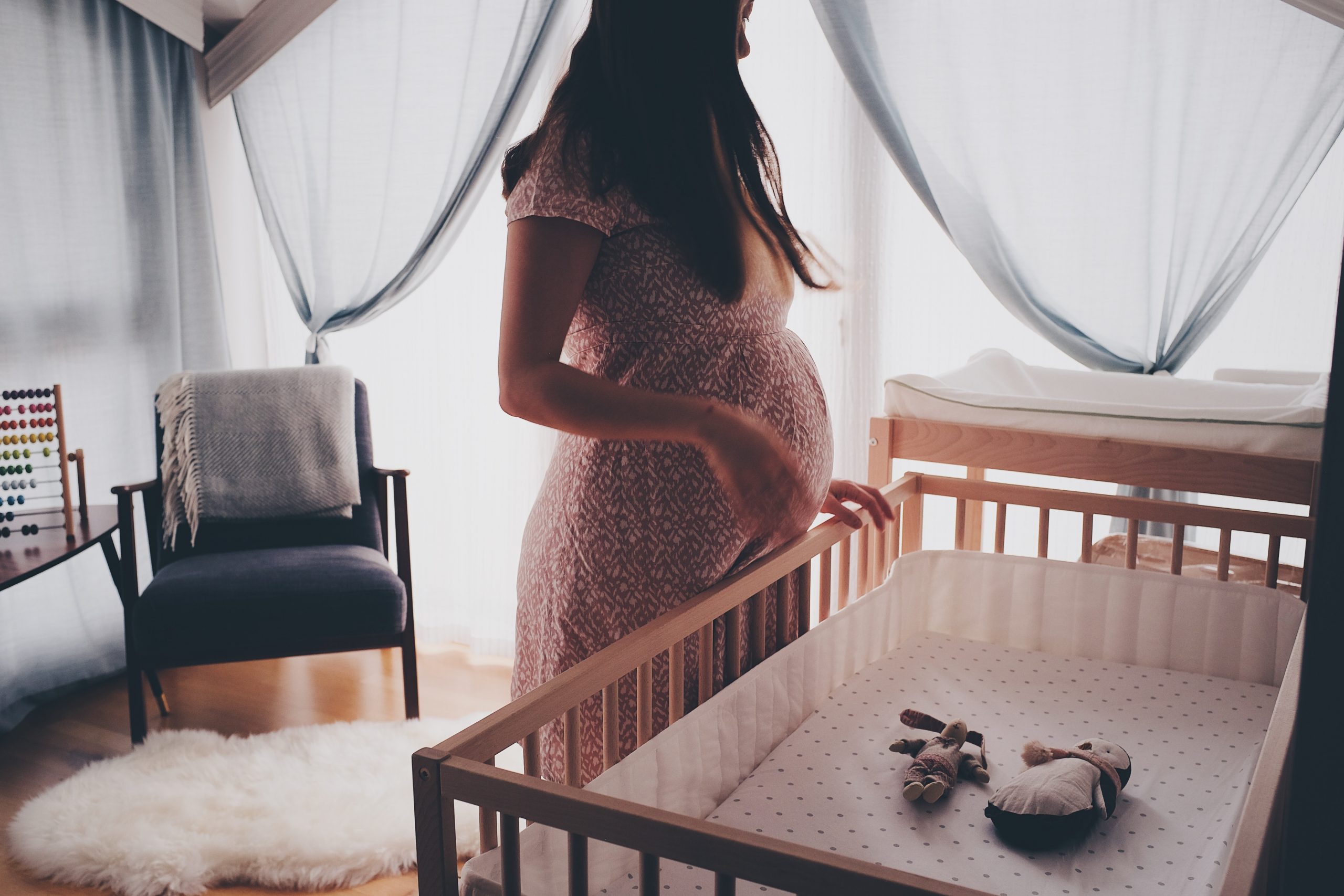A newborn baby is full of new and strange sounds that are sometimes adorable and other times alarming to new parents. This article will break down some of the most common noises your baby will be making over the next year or so. From crying to cooing, let’s unswaddle the mysterious sounds that come from our tiny bundles of joy.
Common Types of Baby Cries
When a baby cries, it is expressing particular needs they have. Though it can be startling to parents to hear their babies cry so much, it is just their way of letting you know they need something. Luckily, it is possible to decipher their wordless babbles. In general, there are three main types of baby cries.
1. Sleep Cry
Babies younger than six months will need help getting to sleep. If your baby is crying, they might require you to hold them so that they fall asleep. Babies older than six months may still need you to be present to fall asleep, and they will cry to get you to be with them.
If your baby is crying at bedtime after you have left the room, they are letting you know they need you to be with them.
2. Colic Cry
If your baby cries for more than three hours a day, three times a week, during the baby’s first month, this could be a sign of colic pain. These cries come in high-pitched bursts. Colic isn’t a disease or illness. In fact, it is a term used to describe behavior. Much is unknown about it because we can’t ask them how they are feeling.
Medical experts often attribute a colic condition to gastrointestinal pain, and other symptoms support this. For example, your baby’s face may become red, and their bellies are swollen with gas. This condition is common, affecting between 10% and 40% of all newborns. There isn’t a “cure,” but extra attention, regular burping, and some pediatrician-approved probiotic foods can help.
3. Hunger Cry
Short, low-pitched crying is a signal that your baby is hungry. Babies need to eat every three hours or so, and they will let you know when they have the urge to eat.
Remember, Crying is Normal
Much to parents’ chagrin, a baby is expected to cry anywhere from two to three hours a day. Crying more than this (and sometimes less than this) can indicate that something is wrong. Contact your pediatrician if you suspect your child is crying much more or much less than it should be.
Other “Needs” Noises: Grunts and Pants
Here are some other noises your baby might make to indicate that they need something:
Grunts – Signs of Effort, Strain, and Frustration
Babies will grunt when they are exerting themselves – this could be when trying to move or straining to defecate. When your baby is grunting, check their diaper or see if it is soiled. Also, babies might grunt and stammer when frustrated. They may want something but do not know how to express it yet. Additionally, your baby could be bored and in need of play and stimulation.
What Does Panting Mean?
Your baby will pant when it realizes that it can regulate and control its own breathing. You might hear them panting and, after a few seconds, return to normal breathing. This usually means they are getting used to their new body.
However, if they are panting distressfully and become discolored, or seem to be struggling, contact emergency services immediately! This could be a sign your baby is choking or having an allergic reaction.
Baby Squeaks and Squeals
Let’s get into some of the more positive noises your baby will make. High pitched squeaks, and squeals indicate that your baby is in a happy, amused, and playful mood. When making these types of noises, it is vital that you react and respond to them! This reinforces happy, healthy behavior and sets the stage for more complex verbal communication.
If the squeaking and squealing start to sound more like shrieking, then this could be a sign that your baby is experiencing discomfort. Trust your intuition. You will know the difference between a happy sound and a distress signal.
Baby Giggles and Babbles
A case of the Giggles:
Your baby will quickly develop a sense of humor and start making everything from subtle giggling noises to full-on roaring laughter. You should cultivate this sense of humor by acting silly and being playful.
However, you should not respond when the baby laughs after doing something inappropriate such as throwing food all over the floor. Do not get angry! Simply react neutrally or even ignore the behavior entirely. By not reinforcing the undesirable behavior, you will start to show your baby what is appropriate and what isn’t.
Baby Babbles
Within four to six months, your baby should start “speaking” in their own language. This behavior is the result of their brains acquiring the appropriate prerequisites for verbal communication. This should definitely be encouraged and reinforced by speaking with your baby when they babble.
Try giving them new sounds to mimic. They mimic what they hear, and you can help them by filling the blanks with babbling of your own when they pause or seem to be struggling for the right sounds. You’ll notice that these sounds will more closely resemble speech as they develop.
Now You Know How to Better Communicate With Your Baby!
Do not be alarmed if your baby is making new and strange sounds. Most of the time, this indicates that they are healthy and trying to communicate with you. Yet, use your intuition — if the baby is showing signs of severe distress or other alarming symptoms, contact emergency services ASAP.
About the Author
Veronica Baxter is a writer, blogger, and legal assistant operating out of the greater Philadelphia area. She writes on behalf of Villari Law, a group of expert birth injury lawyers.
Photo by Minnie Zhou on Unsplash




Comments are closed.